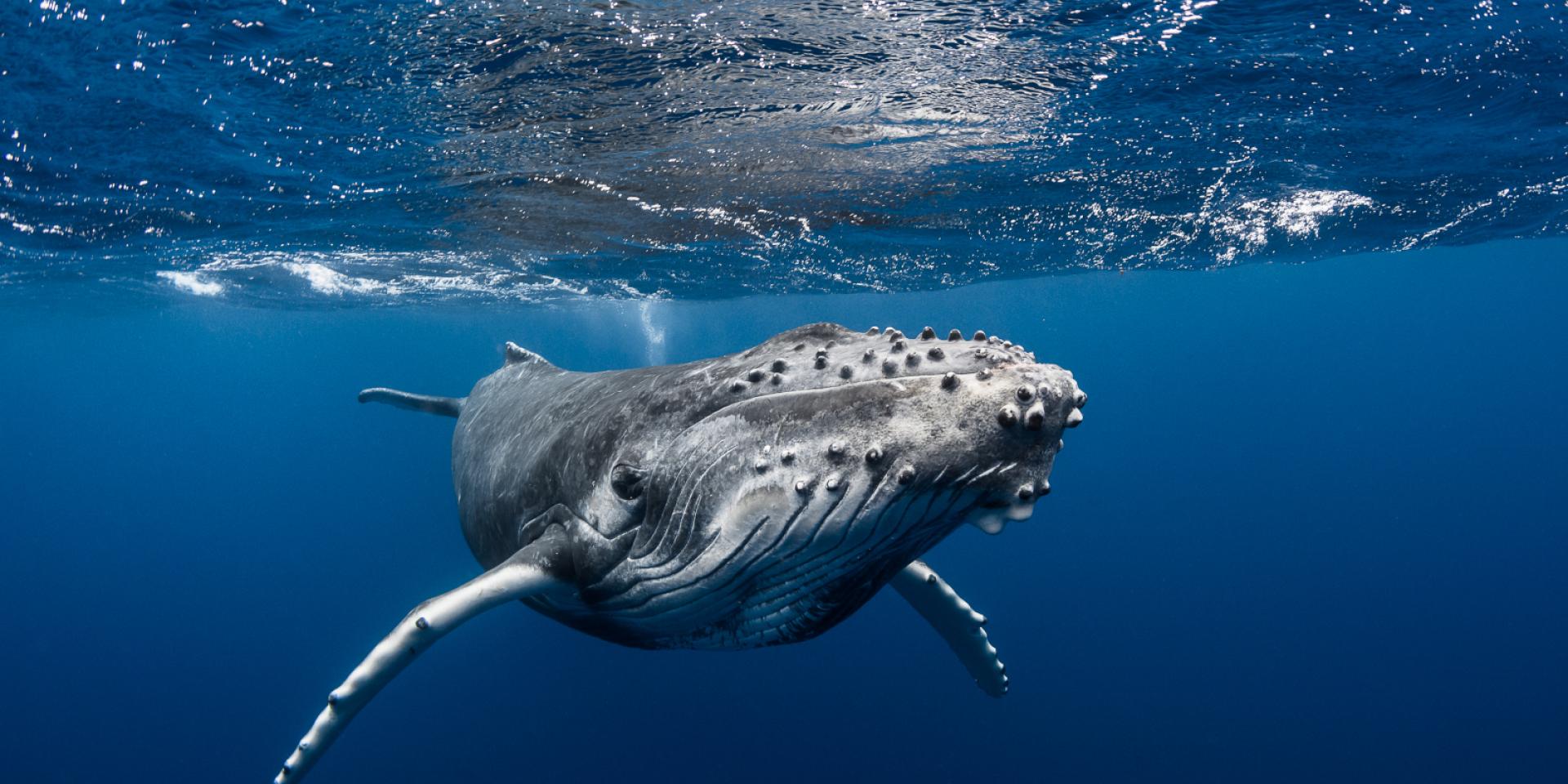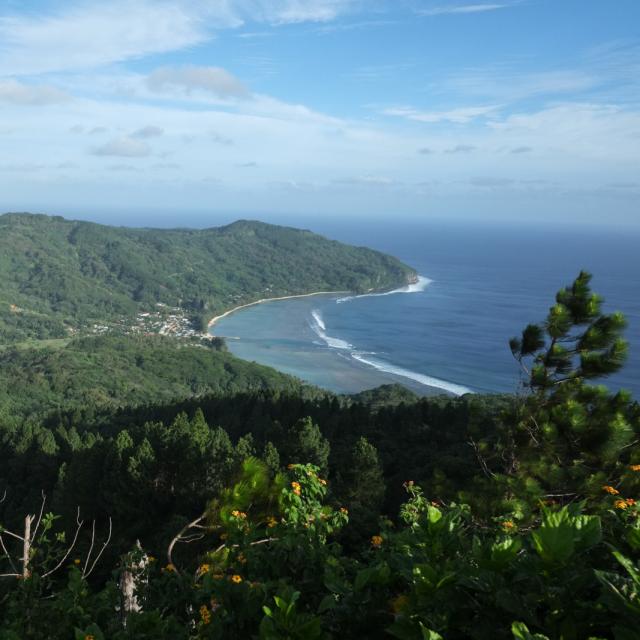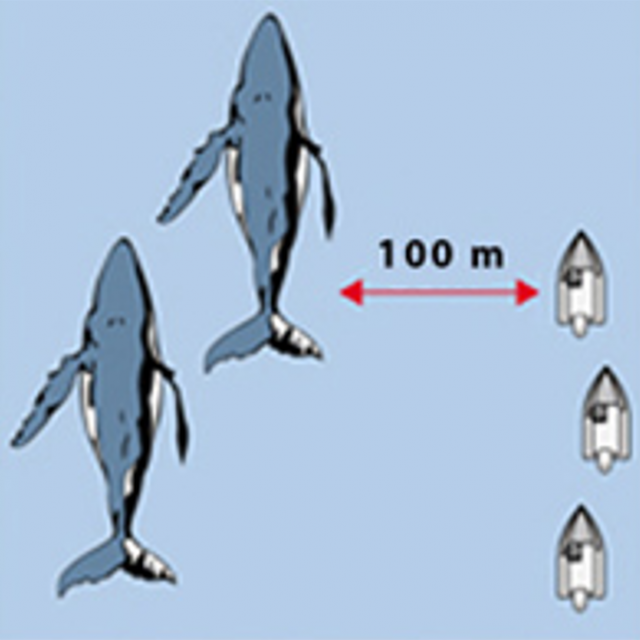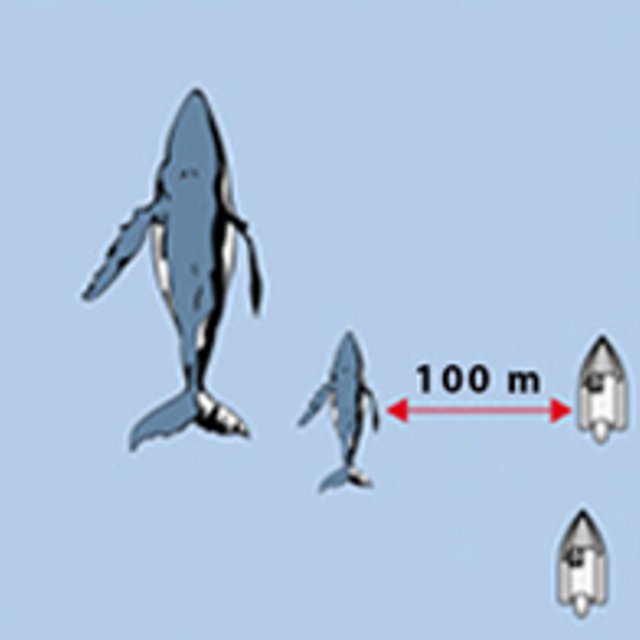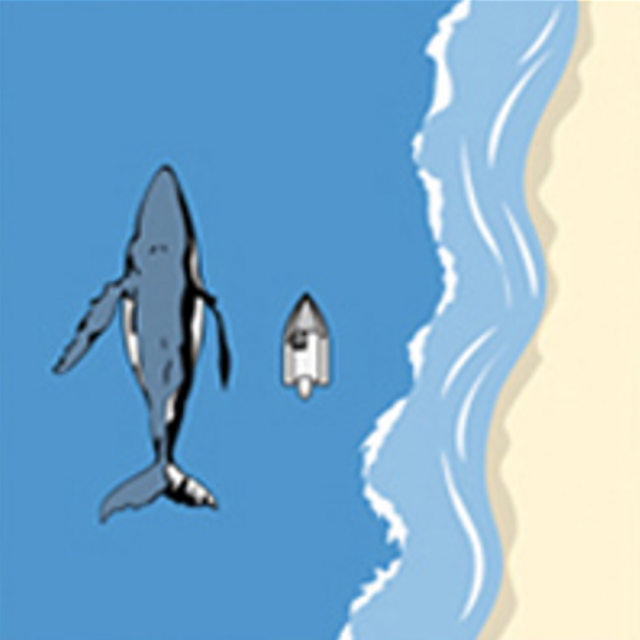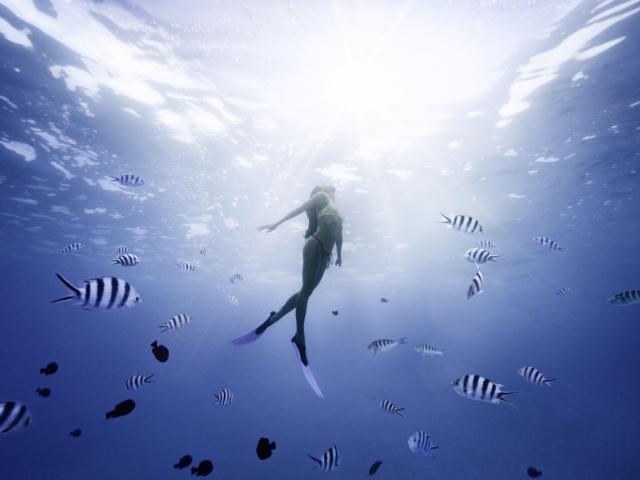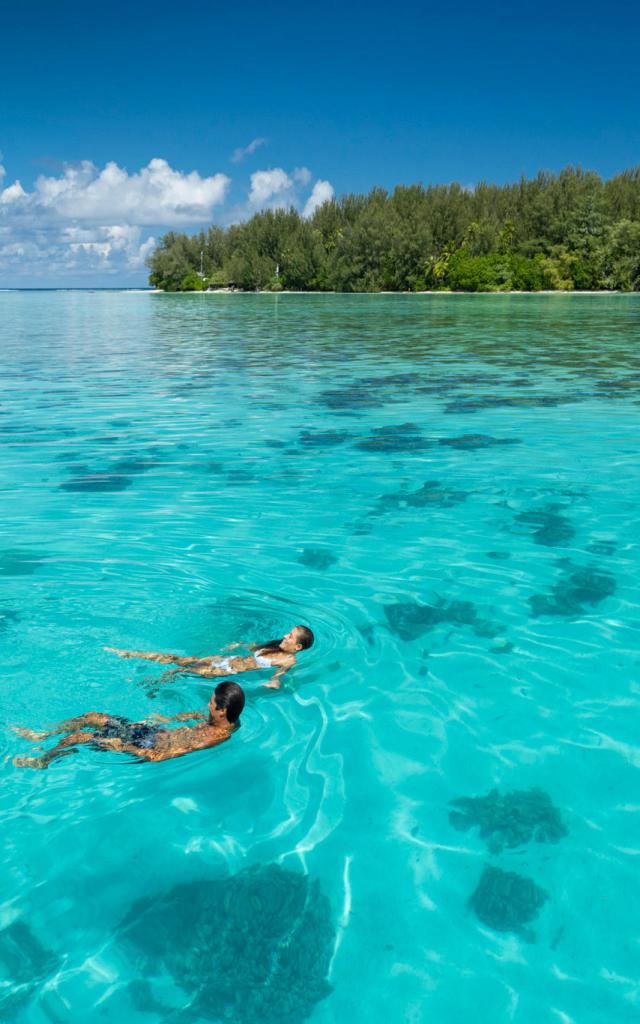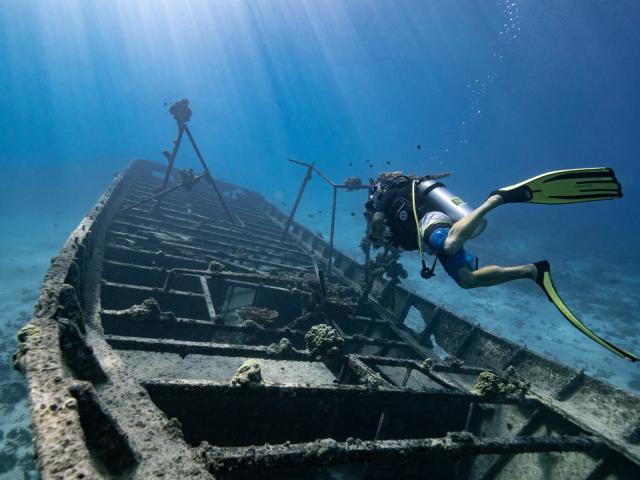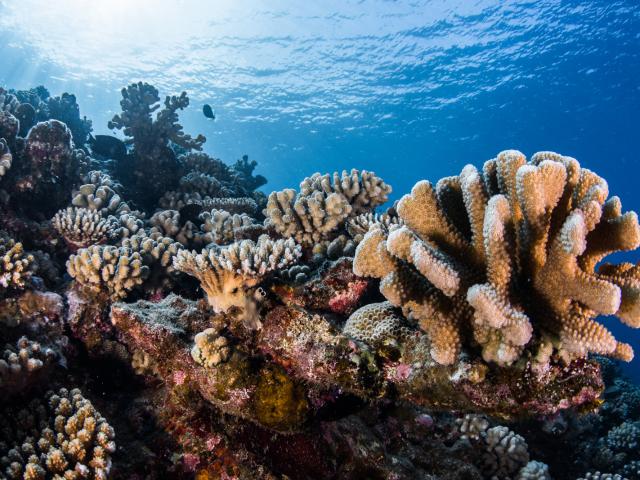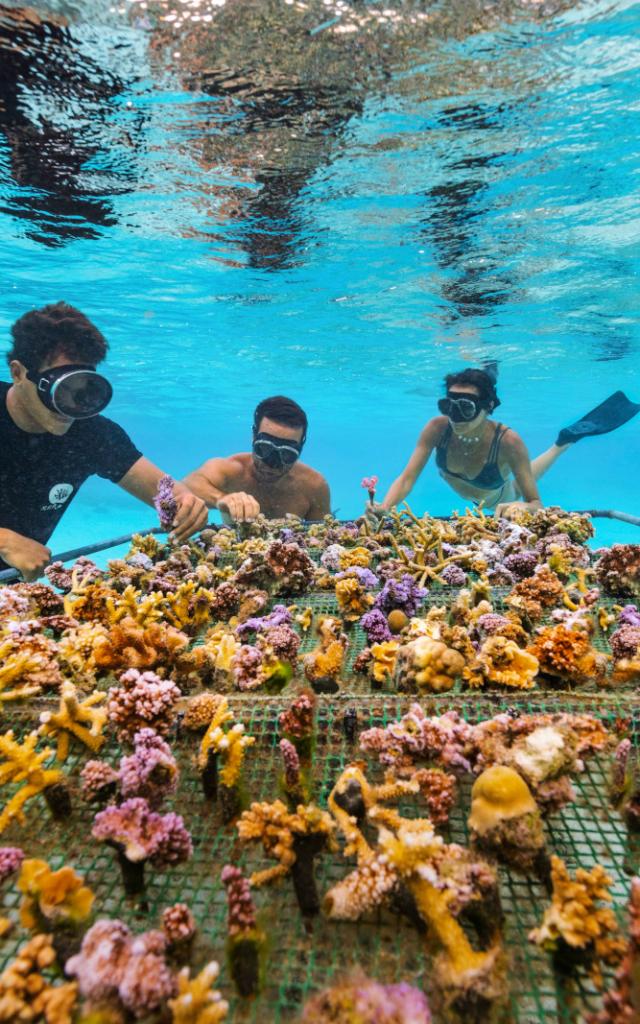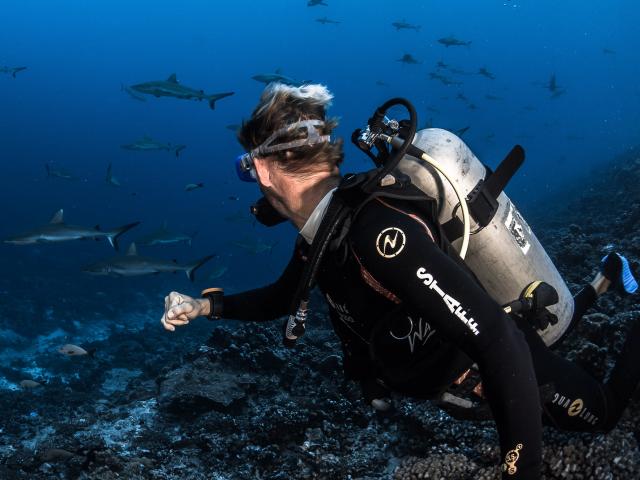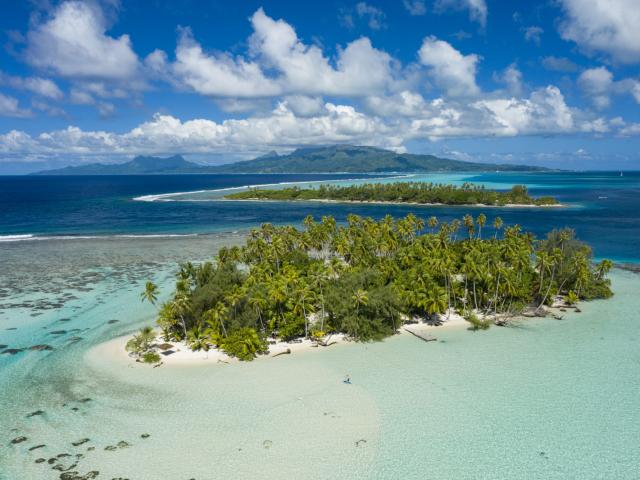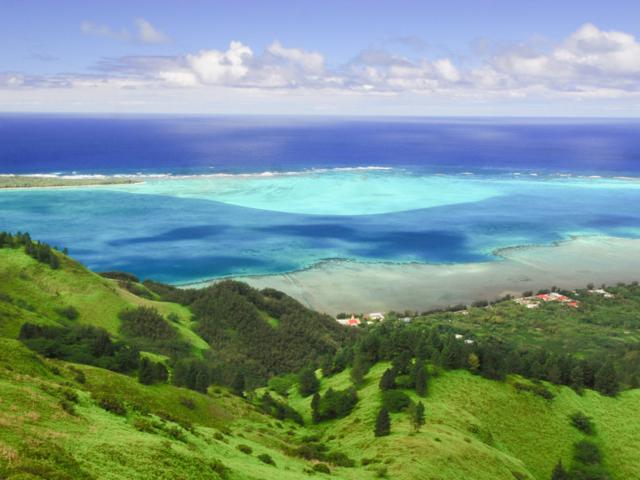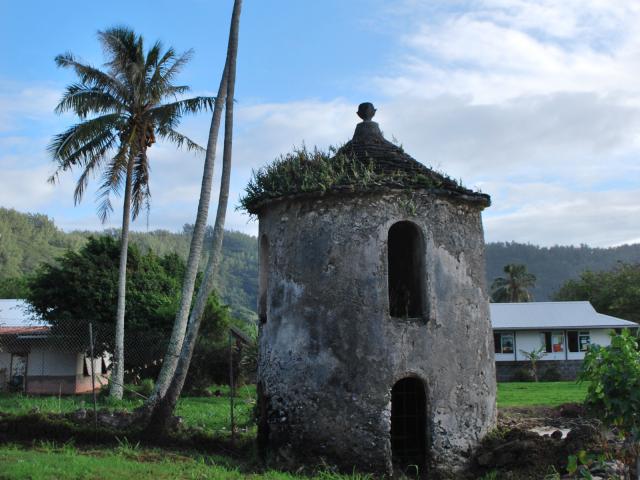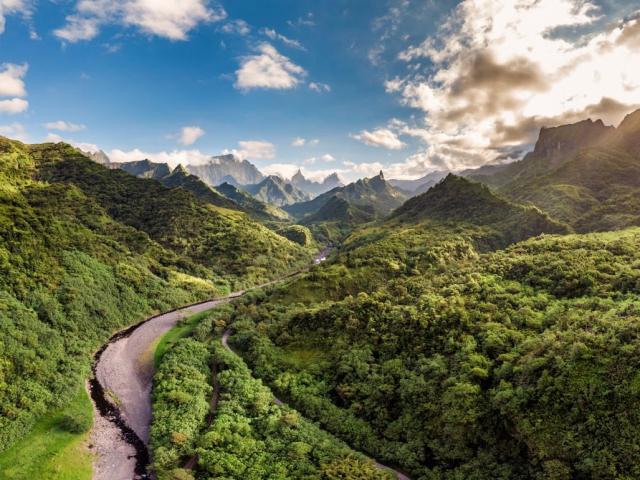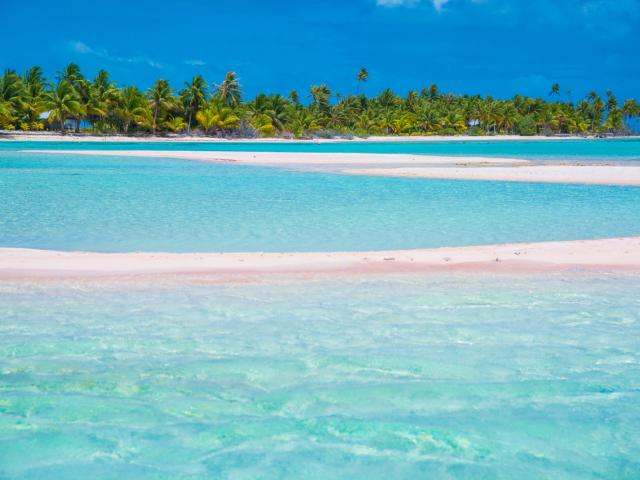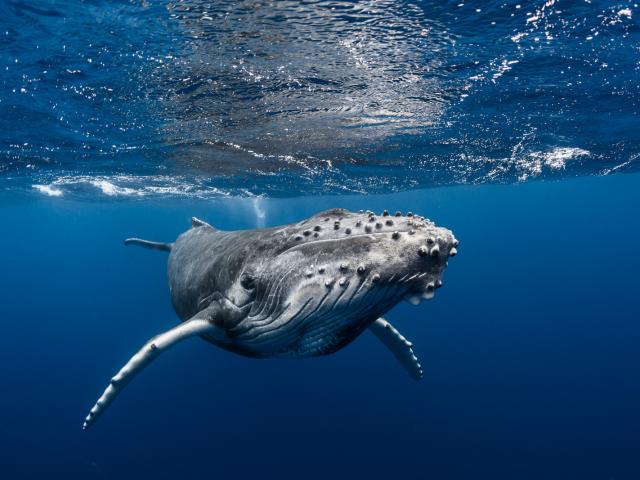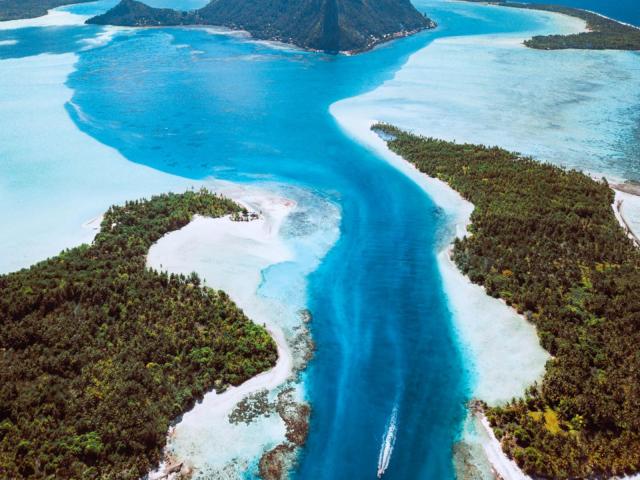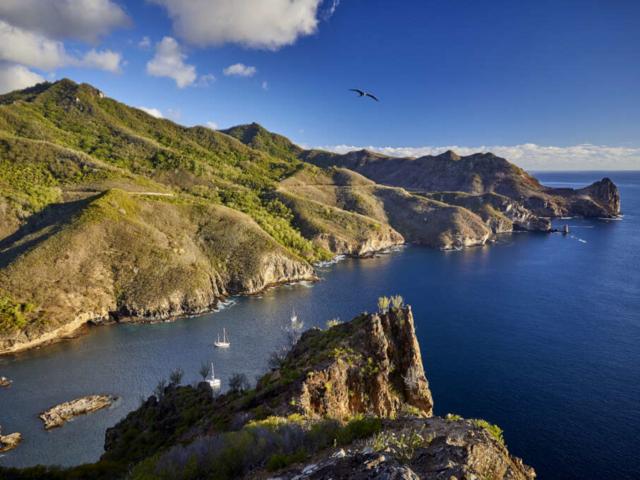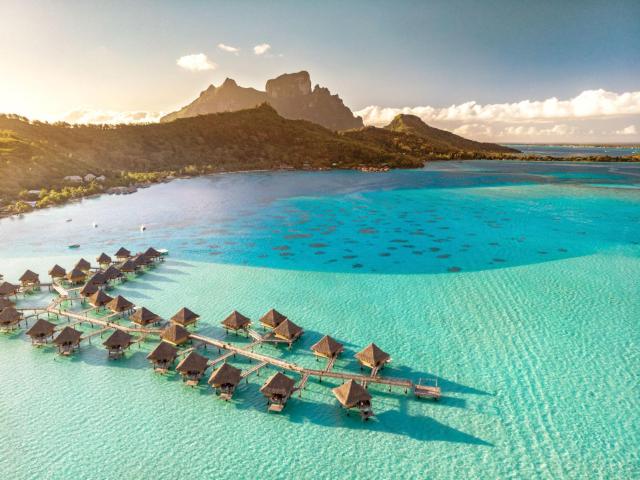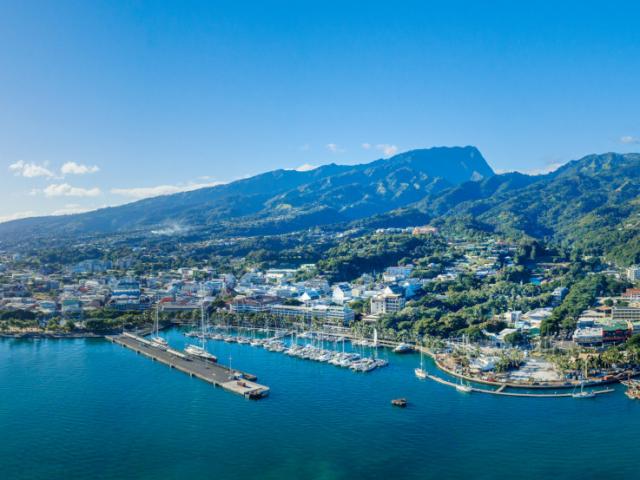 Whale, Tahiti Tourisme
Whale, Tahiti TourismeWhale ballet
Each year, between July and November, humpback whales visit the warm waters of Polynesia to mate and give birth. (Females which mate this year will return next year to give birth.) It is a unique opportunity to observe and admire them. Sometimes, if you’re lucky, you can even spot them from the beach, but you can also see them on a whale-watching excursion. Your captain will locate the position of the whales by looking for their spout and from time to time, you’ll see them bursting out of the water, often with a calf at their side. A truly impressive spectacle! If conditions permit, and the captain gives his go-ahead, you can even drop into the sea with a tuba and mask to observe their underwater ballet.
